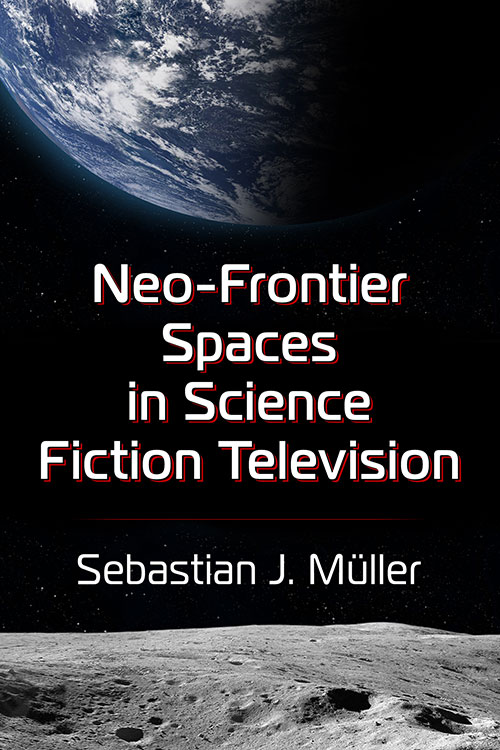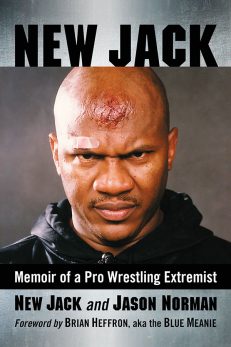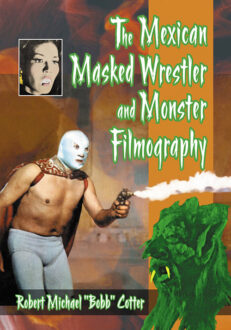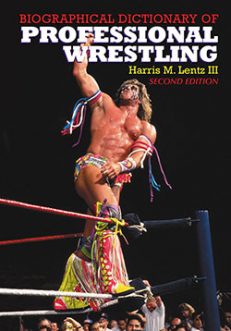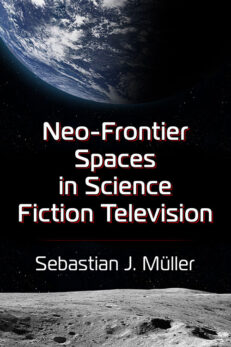Neo-Frontier Spaces in Science Fiction Television
$65.00
In stock
About the Book
The idea of the frontier—once, the geographical borderline moving further and further West across the North American continent—has shaped American science fiction television since its beginnings. TV series have long adapted the frontier myth to outer space and have explored American Wests of the future. This book takes a deeper look at the futuristic frontiers within such series as Star Trek, Firefly, Terra Nova, Defiance and The 100, revealing how they rethink colonialism, the environment, spaces of risk and utopian/dystopian worlds. Harnessing forms of speculation and the post-apocalyptic imagination, these series engage with matters of the present, from the legacies of colonialism to climate change and the increasing integration of humans and technologies. In doing so, these series question in novel ways the very idea of borders and reshape cultural binaries such as Self/Other, wilderness/civilization, city/nature, human/non-human and utopia/dystopia.
About the Author(s)
Bibliographic Details
Sebastian J. Müller
Format: softcover (6 x 9)
Pages: 277
Bibliographic Info: videography, notes, bibliography, index
Copyright Date: 2023
pISBN: 978-1-4766-9089-6
eISBN: 978-1-4766-4957-3
Imprint: McFarland
Table of Contents
Acknowledgments vii
Preface 1
Introduction 3
Groundings and Points of Departure: The Frontier, the SF Frontier, and Neo-Frontier Spaces 5
Neo-Frontier Spaces and the Medium of Television 7
The Structure of This Study 9
1. Theorizing Neo-Frontier Spaces: Science Fiction, Space(s), and Frontiers 13
Science Fiction and the Post-Apocalyptic as Modes of Thinking 13
Re-Thinking the Construction of Space(s) 18
From Frontiers to Neo-Frontier Spaces 22
2. Frontiers of Futures Past: Outer Space and the Origins of Neo-Frontier Spaces in Star Trek and Firefly 30
Reading the Frontier in Star Trek 31
Pushing the “Final Frontier”: Exploring Heterogeneous Spaces in Star Trek 33
Reading the Frontier in Firefly 51
Re-Envisioning the Universe: Connecting Spaces and Fragmenting Places in Firefly 54
3. Moving Beyond: Rethinking Binaries, Borders, and the Planet in Terra Nova 82
From the Settler Colony to Transgressive Neo-Frontier “Thirdspace(s)” 82
From the Wilderness/Civilization Binary to Places of Co-Presence and Interdependence 97
Neo-Frontier Climate Change Riskscapes and Capitalist World-Making 110
Utopian/Dystopian Patchwork Spaces and Utopia/Dystopia as Temporal Stages 121
4. Spaces in Flux: Re-Living the Present and Coming to Terms with the (Mythical) Past in Defiance 136
The Frontier City of Defiance and the “Interwoven Threads” of Urban Spaces 137
From Spaces of Colonial Belonging to Spaces of Ecosystemic Belonging 151
Post-Apocalyptic Terraforming Riskscapes and Technological World-Making 159
Fragmented Cityscapes and the Problems of American Dreaming 168
5. On the Brink: Making New Spaces and Collapsing Boundaries in The 100 178
The Ark and the Settler Camp as Spaces of Permanence and Temporariness 179
From Human/Non-Human Spaces to Technological Ecosystems and a Neo-Frontier “Ground” 193
Human/Non-Human Riskscapes of Uncertainty and Risky World-Making 205
Utopia/Dystopia as Political Choices and the Pitfalls of Social Dreaming 216
Conclusion: Neo-Frontier Spaces and American Culture in the Twenty-First Century 225
Videography 231
Chapter Notes 235
Works Cited 245
Index 261

